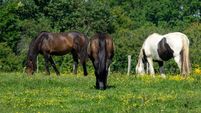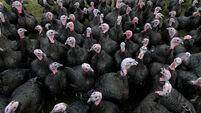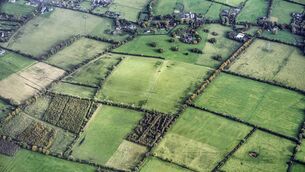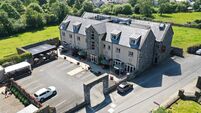Reaching out to farmers in Tanzania
After a three-hour visit to what is now Teagasc Moorepark in Fermoy, in 1979, he asked the Government to make Irish expertise available to help his people increase food production. He was taken on a tour of a 350-acre hillside at Coolnakilla, which the Agricultural Institute was reclaiming and converting to dairy farming.
President Nyerere was deeply interested in the land reclamation work, which he believed was particularly relevant to agriculture in his country. He was also keen to see research-based dairy technology at Moorepark. The President said he was returning home with the knowledge that Tanzania could learn a lot from the Irish, and that the Irish were willing to make that experience available.













